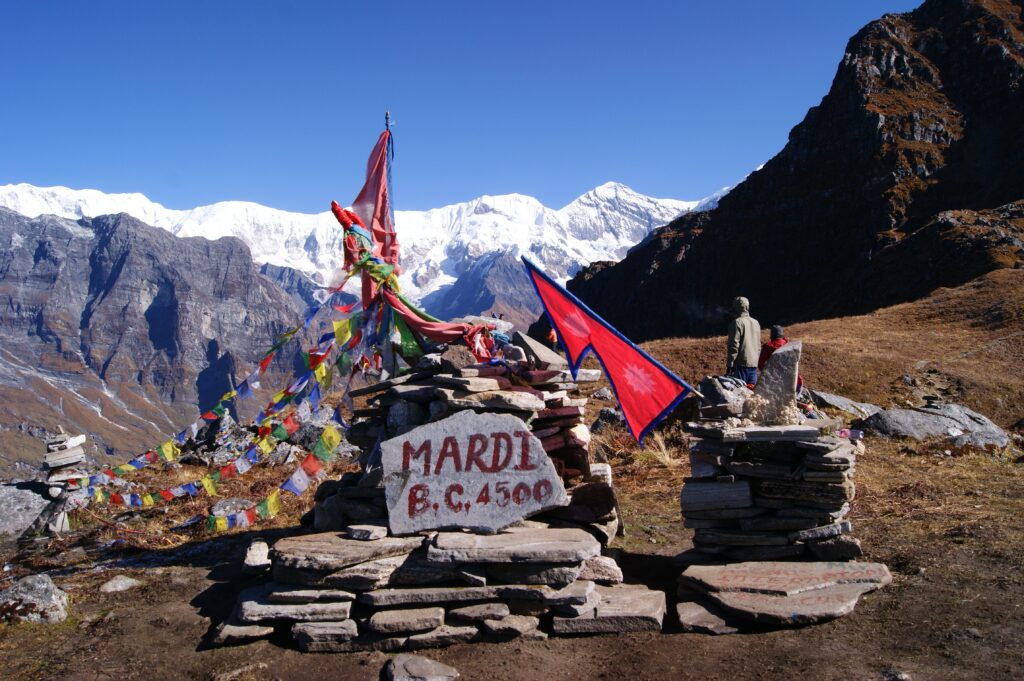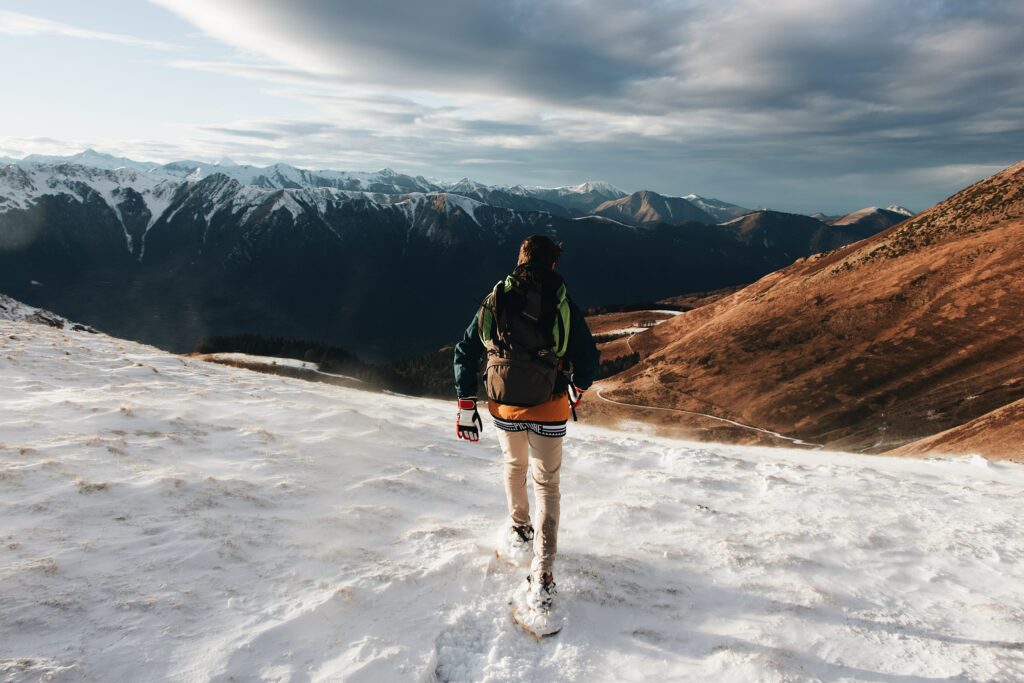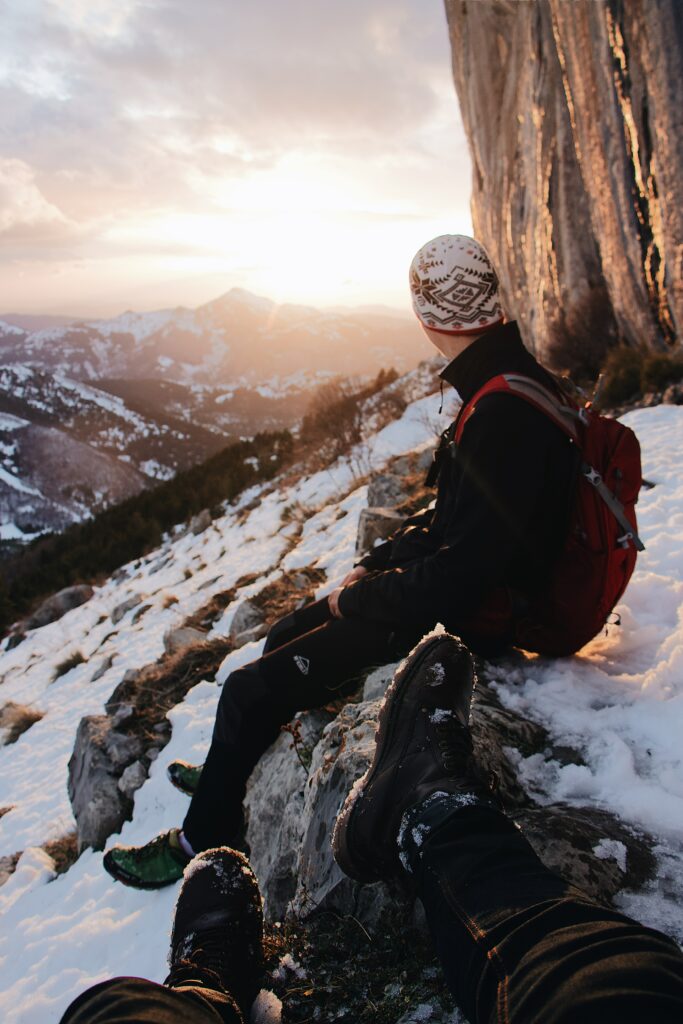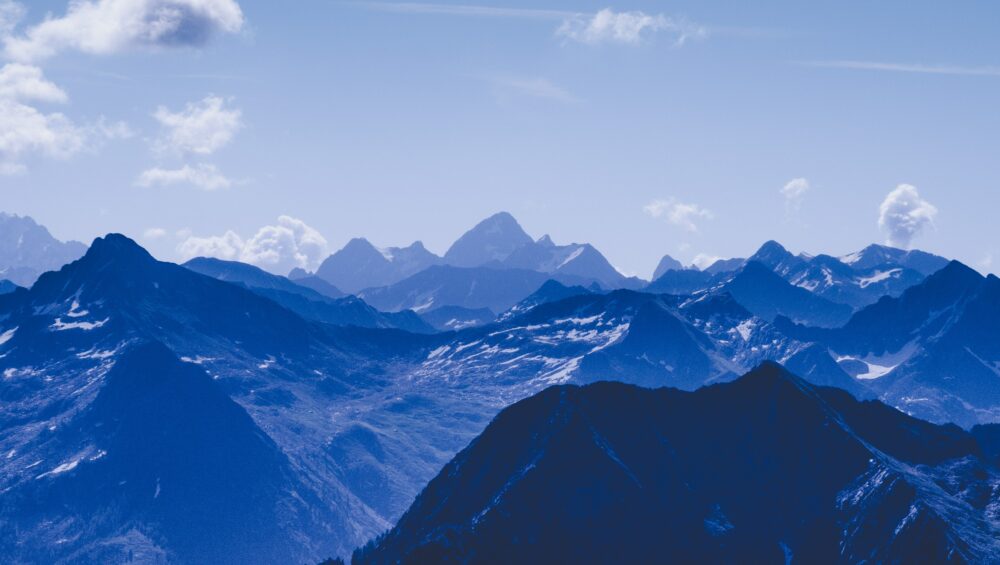Are you hoping to hike one of Colorado’s famous fourteeners? There are quite a few beautiful and rewarding 14ers around Colorado Springs, and for beginners, we’ve got a list of the easiest 14ers in Colorado to help you start your mountaineering journey. Before you get on the trail, though, you should learn how to recognize altitude sickness in order to stay safe on the mountain.

What Is Altitude Sickness?
What causes altitude sickness?
At higher altitudes, the pressure in the atmosphere is lower, meaning every breath contains less oxygen. At sea level, the air is about 21% oxygen. But at 8,000 feet, it’s about 15%. As a result, you will experience less oxygenation throughout your body, which is called hypoxia. While lowered oxygenation happens to everyone (who doesn’t carry an oxygen tank), some people experience symptoms more quickly and more severely than others.
How high do you have to hike to get altitude sickness?
There is no one number that applies to everyone, and it can also depend on environmental factors like humidity and temperature. However, it is possible to get altitude sickness as low as 8,000 feet above sea level. Colorado residents will surely have an easier time, as Colorado Springs is around 6,000 feet. However, you can still be susceptible to altitude sickness at high elevations and over longer periods of time.
How quickly can you get hypoxia?
The likelihood of developing symptoms depends on elevation, rate of ascent, and duration of exposure. It is much easier on the body to hike to elevation for only a day trip. If you sleep at altitude and stay for extended amounts of time, the potential for symptoms gets much higher. It is also dangerous to ascend too quickly. If you are flying into Colorado to hike a 14er, you should wait a couple of days to acclimate to the elevation before beginning your trip.

What are the symptoms of altitude sickness?
Acute Mountain Sickness (AMS)
AMS is the most common and mildest form of altitude sickness. The most recognizable symptoms of hypoxia are dizziness, shortness of breath, nausea, headaches, extreme fatigue and weakness, mental confusion, and cyanosis (blue lips). More severe symptoms include loss of balance and coordination, vomiting, persistent cough, and rapid pulse.
Some of these early symptoms of altitude sickness, like shortness of breath and fatigue, can be hard to notice. After all, you are hiking a mountain. It is best to take frequent water breaks and see if you can catch your breath. Hopefully, this is not your first extended hike, and you will know when you are tired from exercising versus experiencing something more severe.
Severe Altitude Sickness
The two more serious varieties of altitude sickness, High-Altitude Cerebral Edema (HACE) and High-Altitude Pulmonary Edema (HAPE), are very severe and can be fatal. Early symptoms of cerebral edema, or swelling of the brain, are fever, altered mental state, confusion, loss of consciousness, and ataxia (poor muscle control). Early signs of pulmonary edema (where the air sacs in the lungs fill with fluid) include chest tightness, cyanosis, persistent cough, and difficulty breathing even when resting.
One thing to keep in mind with altitude sickness generally is that a symptom like mental confusion can make it hard for someone to properly identify their own condition. HACE can develop within a matter of hours, and someone might say they are okay even when they are clearly not. It is important to be able to recognize these symptoms in your fellow hikers when they may not recognize them in themselves. If you are wondering if it is safe to hike a 14er alone, it is for this reason that it is not recommended.
Can you prevent altitude sickness?
Stay Hydrated and Eat Carbs
Drink a ton of water. In addition to less oxygen at elevation, the air is also drier. Some symptoms of dehydration can seem like altitude sickness, so do yourself a favor and stay well hydrated. You will also want to have a high-carb diet while you acclimate. This will give your body the energy it needs for exercise so you do not exacerbate symptoms.
Pace yourself
Remember to start gradually and let your body dictate the speed. Hiking a 14er is a marathon, not a sprint. If possible, you should train at altitude. Spend a few days on shorter hikes in the area before attempting the big fourteener. This training will help immensely for you to get used to the lower oxygen level.
Plan to Acclimate Properly
As noted, you should not ascend too rapidly. If you are a resident of Colorful Colorado planning a day hike of a fourteener, you should be good to go. If you are visiting from out of state, do not attempt a hike to altitude on your first or second day. Make sure you acclimate to the elevation and feel healthy before you hit the trail.

How can you treat altitude sickness?
If someone is experiencing mild symptoms of acute mountain sickness, you should set camp for the day and wait at least 24 hours before increasing elevation. At this time, it is important to avoid drugs, alcohol, and tobacco. Make sure you drink enough water and limit exercise and activity. With AMS, your body will be able to recover if given enough time (12-48 hours). If you ignore symptoms, though, and keep gaining elevation, you can make symptoms much worse.
If you think someone is experiencing more serious signs of altitude sickness, especially signs of HAPE or HACE, you need to descend to a lower elevation immediately. It is recommended to go at least 500 meters (1,600 feet) lower and then reassess. If available, treat the person with bottled oxygen and bring them to a hospital as soon as possible.
Final Thoughts
Now that you know how to prevent, recognize, and treat early signs of altitude sickness, you can feel confident getting on the trail. Hiking, especially around Colorado Springs, is an amazing way to see panoramic views of the mountain, spot interesting wildlife, and connect with nature. If you are looking for a little more tutelage as you get started, consider a guided hiking tour with a professional instructor.





